As a seasoned tour guide who has traveled far and wide, I've witnessed countless tourists' emotions during city tours. Some marvel at the Eiffel Tower, others find romance in Venice's waterways, and many are moved by the skyscrapers of Manhattan. But I know more clearly that behind these wonderful experiences lies a complex and precise city tourism service system working silently.
Whenever I see tourists' satisfied smiles, I think of all I've witnessed over the years. Sometimes, a city's first impression often influences tourists' overall evaluation. For instance, the transportation experience from airport to city center, guide professionalism, depth of attraction interpretation, and even rest area placement - these seemingly minor details subtly affect tourists' moods.
The transformation of city tourism services has deeply affected me. When I first entered the industry in 2010, we used the most basic group tour model. Every morning, I would carry a large megaphone, hold up a small flag, and lead groups of tourists between attractions. Tourism products were simple then, basically just checking off landmarks, rarely leaving deep impressions on tourists.
But now things are completely different. Take global tourism service providers like Grupo Julià - they've turned city sightseeing into a fine art. In Barcelona, their double-decker tour buses not only feature multilingual guide systems but also adjust departure frequencies based on different time periods' passenger flows. Every morning at 5 AM, their staff begins checking vehicle conditions to ensure each sightseeing bus is in optimal condition.
I remember once in Barcelona, I guided an elderly Japanese couple. They couldn't speak English and were worried about understanding the commentary. But when they discovered the Japanese audio guide on the tour bus was both professional and interesting, their eyes lit up. The elderly lady happily told me it felt like having a Japanese guide right beside them.
Scale operations have indeed brought many benefits. For instance, bulk purchasing allows them to get better ticket prices, which ultimately benefit tourists. Additionally, they regularly train guides and update commentary content to ensure accuracy and timeliness.
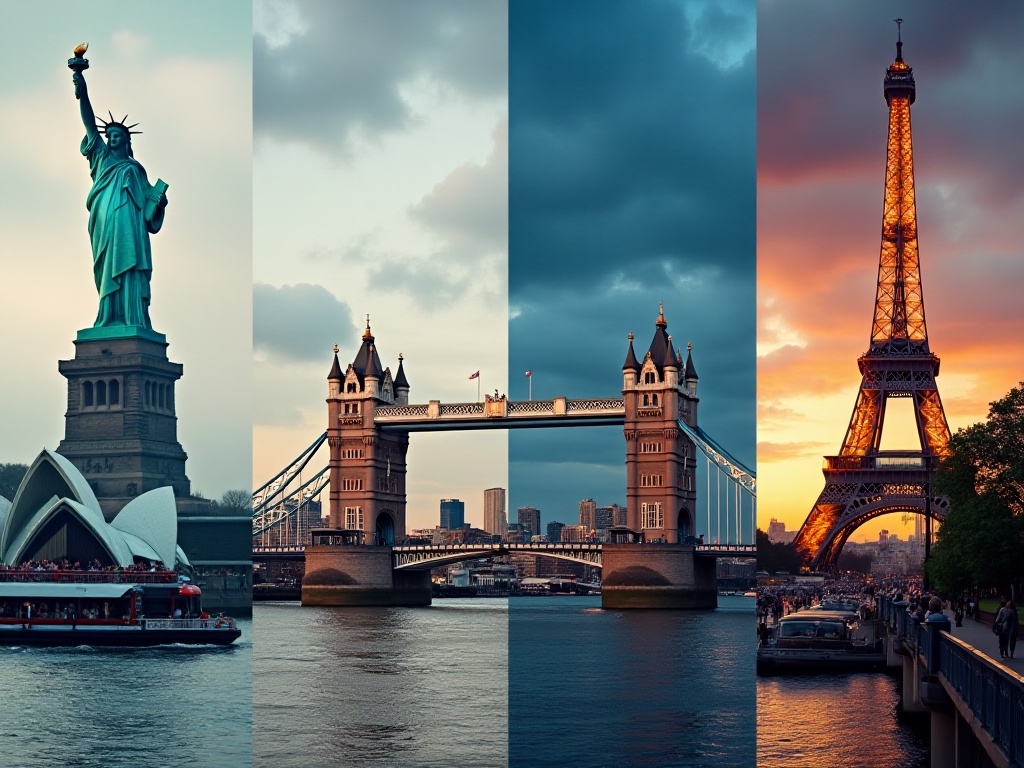
Speaking of regional service providers, I must mention City Sights in Salt Lake City. Many might think Salt Lake City is an obscure small city, but actually, its tourism service level is surprisingly high. Their 44 years of operation have accumulated many unique local resources and in-depth experience programs.
Last summer, I led a group of 20 people on their Mormon Choir tour. What makes this program special is that they don't simply show you church buildings, but thoroughly explain Mormon history and cultural significance. The guide even arranged for us to attend a choir rehearsal, letting tourists experience this unique religious musical art up close.
I remember there was a music enthusiast in the group who was particularly engaged throughout the tour. After hearing the choir perform, he excitedly told me that this live experience was a hundred times more impressive than watching videos. This is the advantage of regional service providers - they can uncover the city's most distinctive cultural experiences rather than superficial sightseeing.
City Sights' success is no accident. They have a dedicated development team responsible for designing and optimizing tour routes. Every month, they collect tourist feedback and continuously improve service details based on suggestions. It's this pursuit of excellence that keeps their customer satisfaction consistently at 98%.
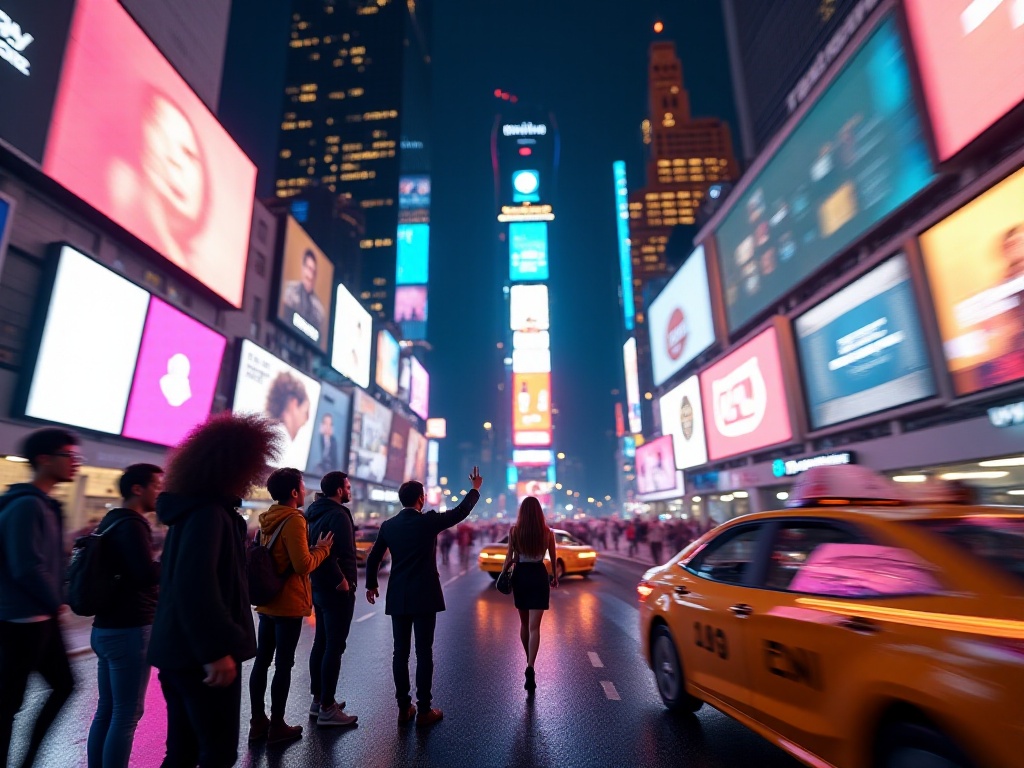
City tourism has undergone tremendous changes. From my observation, modern tourists increasingly value travel depth and quality. World Tourism Organization data confirms this - in 2023, over 65% of global city tourists preferred experiential tourism.
This change actually reflects modern people's deeper understanding of travel. They're no longer satisfied with simply checking off attractions but hope to truly understand a city's cultural essence through travel. For example, many tourists specifically attend local cooking classes to learn traditional cuisine preparation, or visit handicraft workshops to make local characteristic crafts themselves.
New York's All Attractions City Tours has well captured this trend. Their "Local Guide" program invites New Yorkers from various industries as guides. These guides might be artistic youth running Brooklyn cafes or veteran Wall Street financial professionals. They take tourists to explore local-only food streets, visit artistic neighborhoods, or experience authentic cultural venues.
I remember once, a guide who grew up in Brooklyn took us to a pizza shop hidden in an alley. This shop had been operating since the 1950s, with the owner insisting on using traditional family recipes. The guide not only detailed the shop's history but also narrated the changes in Brooklyn's Italian immigrant community. This deep cultural experience let tourists see New York City's most authentic side.
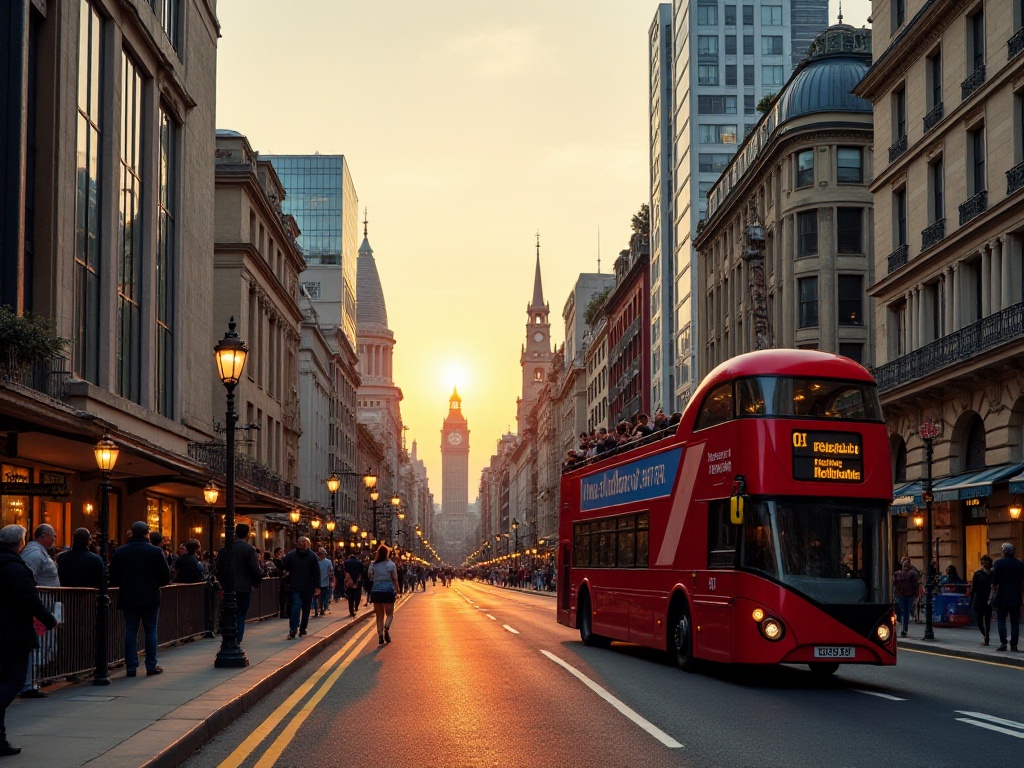
In modern city tourism, information services' importance is self-evident. Take the UK National Highway Network's real-time traffic information service - this system not only serves regular citizens' daily travel but also provides crucial support for city tourism.
My experience leading tours in London made me deeply appreciate this. Last summer, multiple sections of central London were undergoing subway maintenance, making traffic particularly complex. But relying on the real-time traffic information system, we not only successfully avoided congested areas but also discovered some unexpected amazing attractions.
Once, when the system indicated our planned route might encounter congestion, we took a detour and unexpectedly discovered an ancient market hidden in an alley. This market had over 200 years of history, filled with various unique antique shops and handicraft stores. Tourists found many interesting souvenirs here, and this "accident" became one of the most memorable experiences of the trip.
Modern city tourism services have begun extensively using big data and artificial intelligence technologies. For example, some advanced tour bus systems predict passenger flow at different times based on historical data and dynamically adjust departure frequencies. Some scenic areas use smart ticketing systems where tourists can check real-time queue situations through mobile apps and choose optimal visiting times.
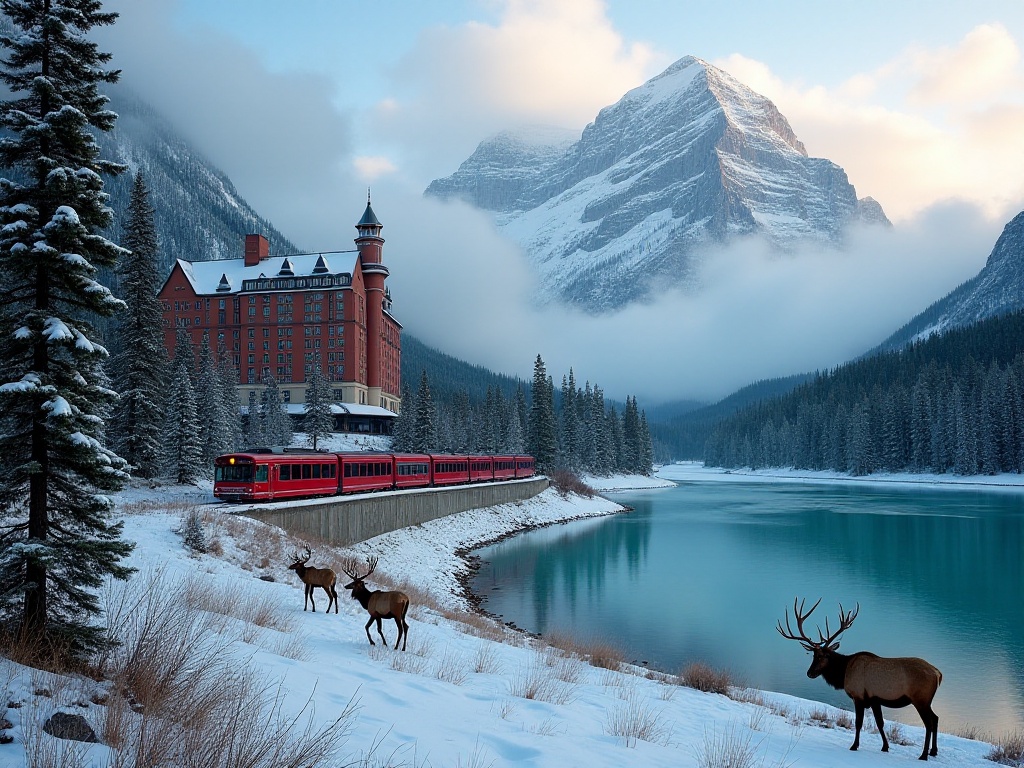
Looking ahead, city tourism services will inevitably move toward more intelligent and personalized directions. According to World Economic Forum predictions, by 2025, over 80% of city tourism service providers will adopt AI technology to optimize services. This prediction excites me greatly, as it means we're entering a new era of tourism.
Imagine when planning a city trip, AI systems will customize a perfect tour plan based on your interests, physical condition, budget, and time schedule. This plan isn't fixed but dynamically adjusts to real-time conditions. For instance, if an attraction suddenly becomes crowded, the system will immediately adjust the itinerary and suggest visiting other places first.
More excitingly, future city tourism might incorporate more virtual reality and augmented reality technologies. Tourists might see historical scene recreations while visiting ancient sites through AR glasses, or experience different periods of city landscapes through VR devices. These technologies not only make travel more interesting but also help tourists better understand cities' history and culture.
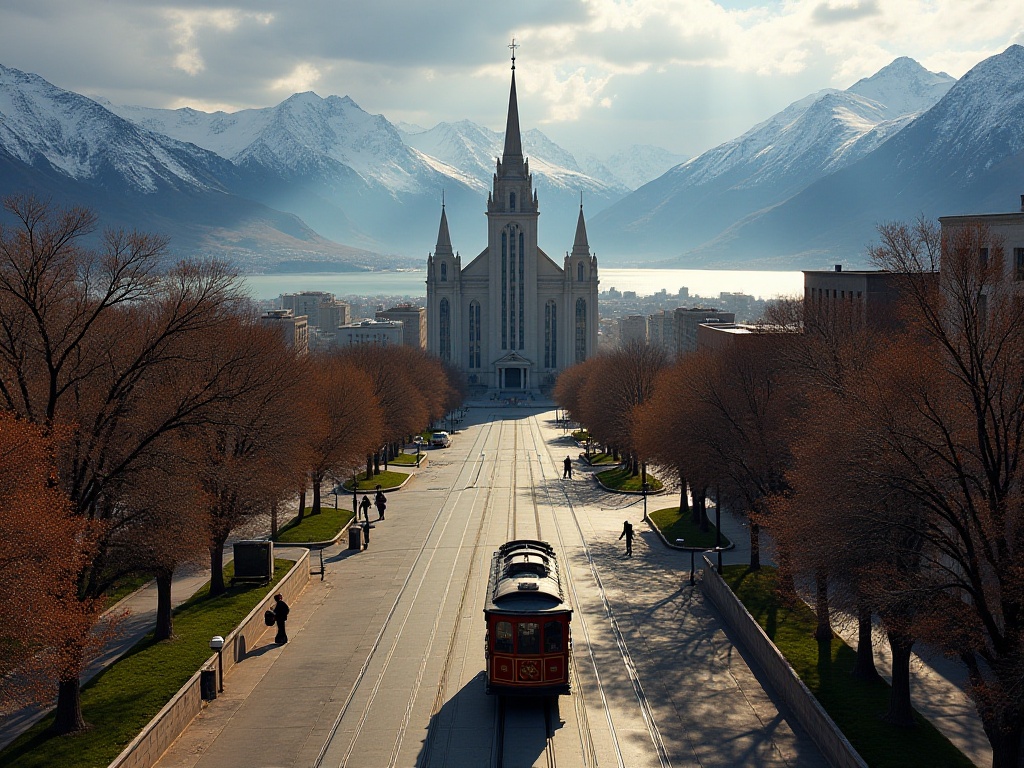
As a guide who has led tours in major global cities for over a decade, I deeply feel city tourism services are undergoing profound transformation. From initial simple attraction visits to today's deep cultural experiences; from traditional manual services to intelligent information systems, these changes constantly enhance tourists' travel experiences.
Each city has its unique charm, and quality tourism services are like a key helping tourists open the door to understanding that city. Through professional guidance and careful arrangements within limited time, helping tourists maximally understand and experience a city's essence - this is the value of city tourism services.
I'm curious if you've had memorable city tourism experiences? Perhaps encountering street art performance in Paris, discovering a hidden restaurant in Tokyo's alleys, or feeling history's changes among Rome's ancient ruins. Each journey is a unique story, and these stories are the driving force behind city tourism services' continuous improvement.
 Previous
Previous
